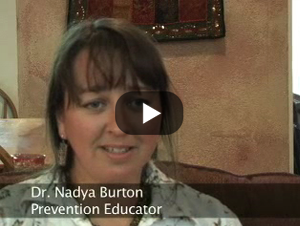When confronting a bullying situation, administrators, teachers and school staffs are faced with a complex and urgent problem demanding a concrete response. It is no simple task to develop strategies that respect children’s abilities, needs and choices, while integrating knowledge and understanding of bullying dynamics.
Any incident of bullying is a learning opportunity for all involved. Children need concrete tools and strategies to build their self-esteem and develop their autonomy. In response to these realities, we propose a nine-step problem-solving method. This nine-step process to end a bullying situation can be used with the full participation and involvement of the student.
It provides a fluid and responsive structured framework for bullying intervention with all students involved, including the student who is targeted, the student who led the bullying, and students in the peer group who are bystanders or witnesses.
In addition to the nine-step process, we propose the following problem-solving options for use by administrators, teachers and school staffs:
- Responding to a Student who is Targeted by Bullying
- Responding to a Student who Bullies
- Responding to Students who Support or Contribute to the Bullying
- Responding to Students who are Witnesses
